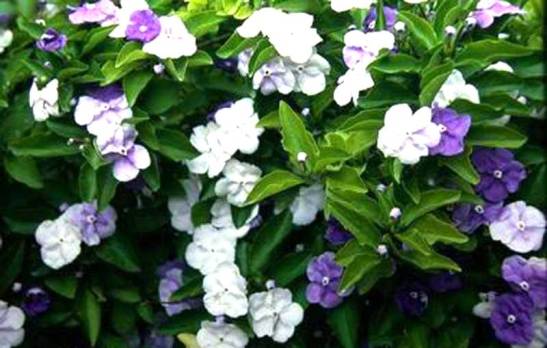
Breed Health
Dermoid Sinus
Rhodesian Ridgebacks are susceptible to a genetic fault called Dermoid Sinus. A small percentage of puppies are born with this problem that can be likened to Spina Bifida in children without the symptoms. Although the defect has sometimes been surgically corrected occasionally it is quite a traumatic operation for the dog and if all traces are not removed it will regenerate several months later. As it is an inherited defect all Ridgeback Clubs throughout the world strongly endorse that all affected puppies be humanely euthanised at birth.
Most breeders are experienced in detecting this problem and often have other experienced persons check puppies at birth and throughout the following weeks. This is a problem you as a buyer should never encounter. If you wish more information than the brief explanation below do not hesitate to contact us or the Rhodesian Ridgeback Club in your State. We have also provided a link to further reading but please be warned that this site contains very graphic images of surgery which some people may find disturbing.
The most common presentation of this condition is in the midline neck region, although Dermoid Sinus can also occur in the rump area connected to the dura (spinal cord covering) or in the tail. One or more Dermoid Sinus can be found in the same animal. Dermoid Sinus is congenital (present at time of birth) and can usually be palpated (felt) as cords running from the skin to the spine. Palpation should only be done by an experienced breeder of Rhodesian's or a veterinarian familiar with this disorder. The Dermoid Sinus is a thick-walled tube composed primarily of fibrous tissue and lined with skin cells. The surrounding tissue may or may not contain hair, hair follicles, sebaceous glands and sweat glands which open to the hollow center of the tube. In it's uncomplicated state the sinus is filled with sebum (oil), skin debris and hair.
Bacterial contamination will result in inflammation and abs cessation which can lead to swelling and infection of the spinal cord, its covering and the brain. Complete surgical removal of a Dermoid Sinus is not always possible depending upon location, extent, complications and spinal cord involvement. Puppies which have undergone corrective surgery for Dermoid Sinus can not be shown in conformation competition and should of course, be spay or neutered.
Hip Dysplasia
Most breeders x-ray hips and elbows. Their breeding stock is scored with the Australian Veterinary Association or private radiographers. Hip Dysplasia is a genetic fault that affects mobility. This is not a major problem with Rhodesian Ridgebacks. If you are concerned, please mention this to the breeder or choose a breeder who does x-ray adult breeding stock.
All Breeding stock owned or used by Lionslea will be AVA approved hip and elbow scored. Those 'owned' by Lionslea may also be x-rayed and evaluated under the US PennHip scheme.
***All information pertaining to the records, health and breeding of our dogs will be readily available to those with 'genuine' intentions on a need to know basis.
For further information on hip dysplasia and hip/elbow scoring, see the following websites:
University of Pennsylvania Hip Improvement Program (PennHIP)
Veterinary Imaging Associates
Plant Poisoning
 Recently, there have been reports of dogs (including Ridgebacks) eating a shrub often called "morning, noon and night", "yesterday, today and tomorrow", or "kiss me quick" which have caused severe illness and even death. There are 40 species of this plant, whose botanical genus name is Brunfelsia (often incorrectly spelt Brunsfelsia).
Recently, there have been reports of dogs (including Ridgebacks) eating a shrub often called "morning, noon and night", "yesterday, today and tomorrow", or "kiss me quick" which have caused severe illness and even death. There are 40 species of this plant, whose botanical genus name is Brunfelsia (often incorrectly spelt Brunsfelsia).
It is a shrub which grows slowly to around 2-4m tall and 2m wide. The foliage is dense and medium green in colour. When the flowers first open they are a violet colour, fading to lavender blue and then white, with the three colours present on the bush at the same time. The brown berries (and possibly pods) produced by the plant contain alkaloids that are very toxic to dogs.
Once ingested, the berries cause severe diarrhoea, vomiting and salivation, then muscle tremors, fever, staggering, seizures then death. Only small numbers of seeds are required to cause all of these signs. There is no "antidote" for the toxin. Treatment involves hospitalisation, stomach pump and intravenous drip, and medications to control the seizures until the poison has been flushed through. This will often take days and complete recovery can take weeks. It is recommended that the brown berries (and possibly the pods) be removed from the plant when they appear each year.
Plants poisonings are uncommon in pets, and we don't suggest removing all toxic plants. However, knowing which plants are potentially poisonous, as well as knowing the signs to look out for, is important for your pets safety.
